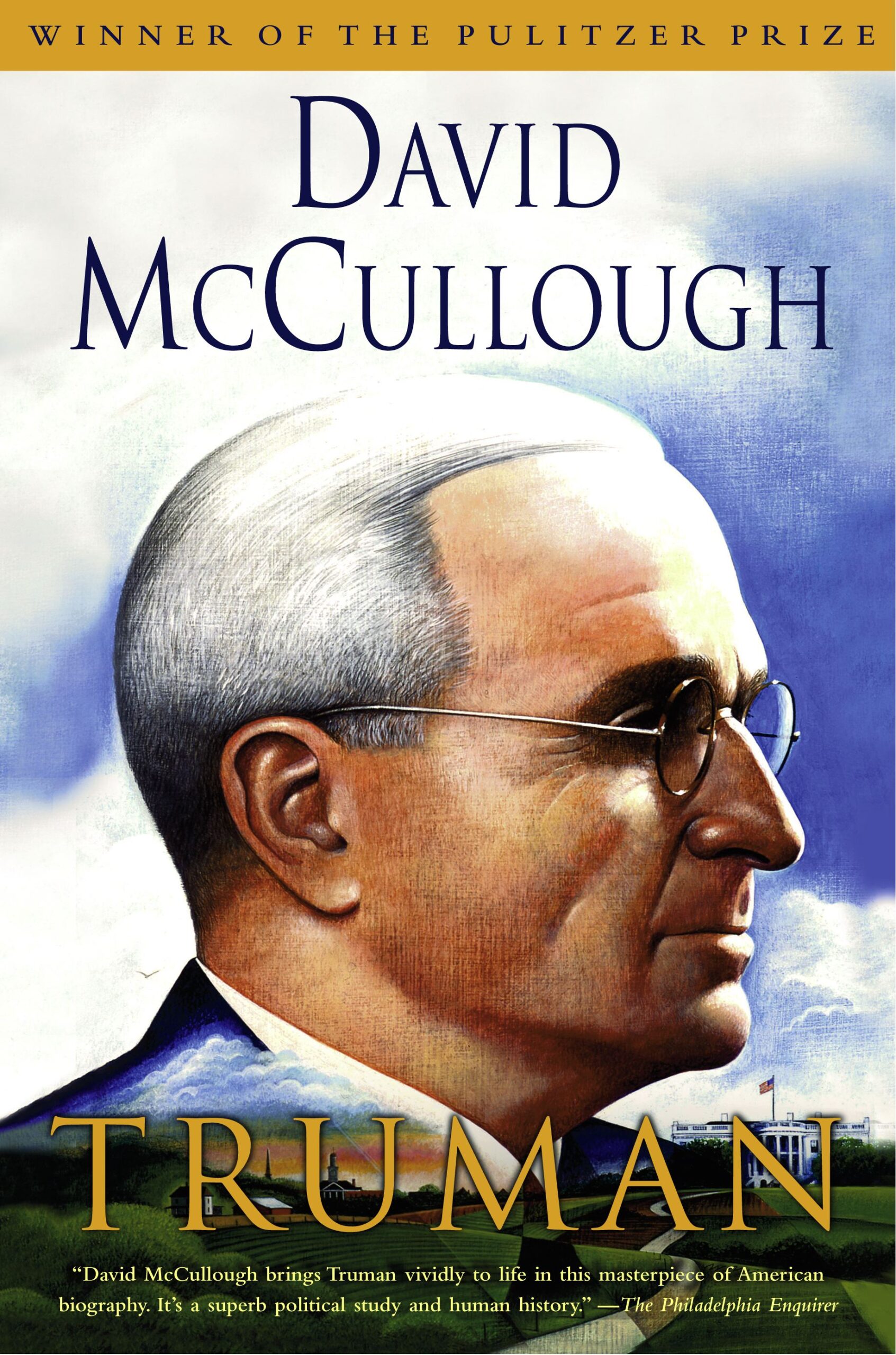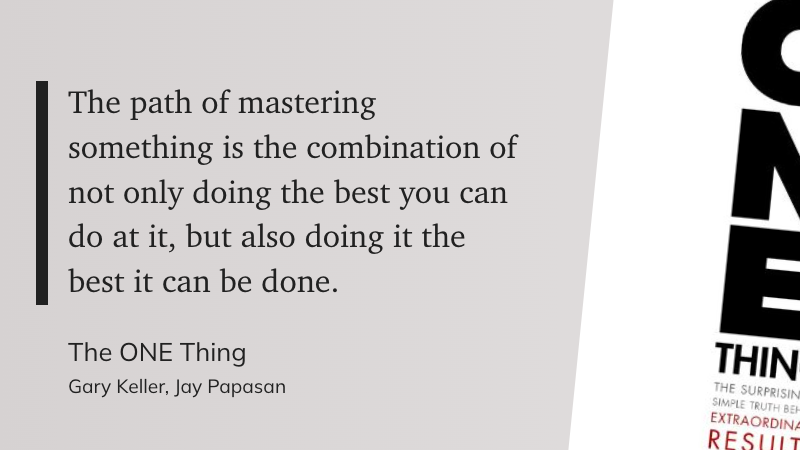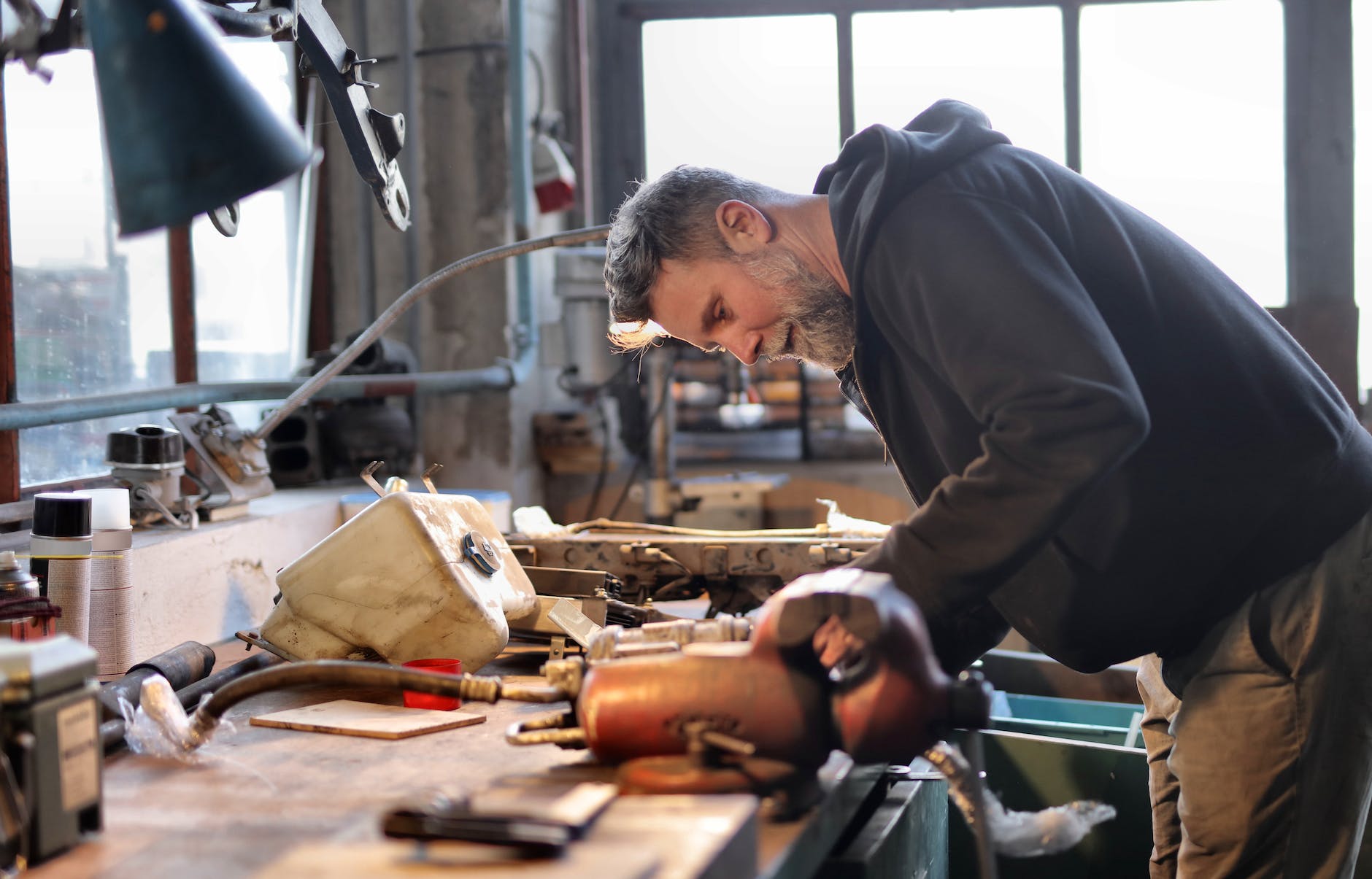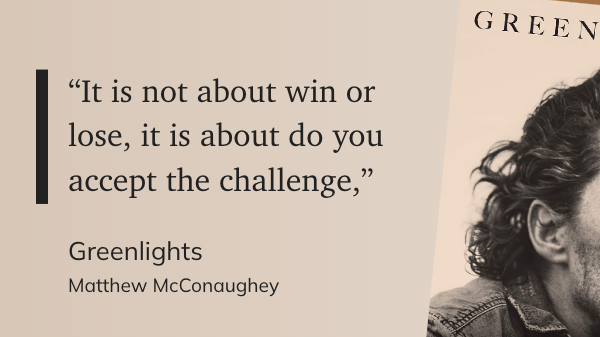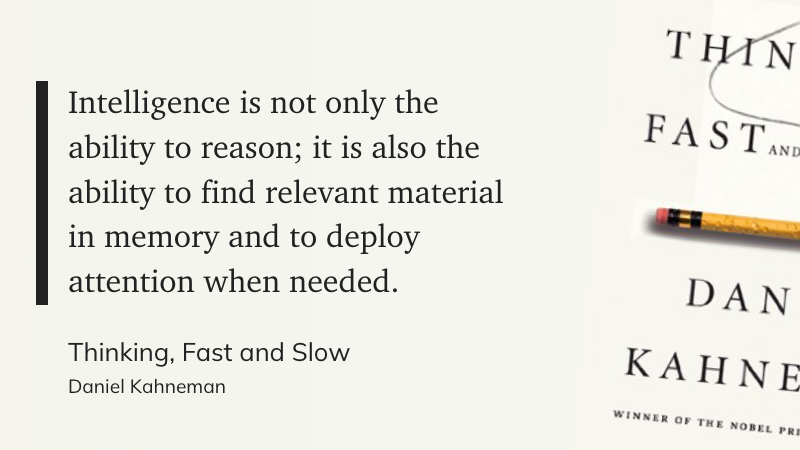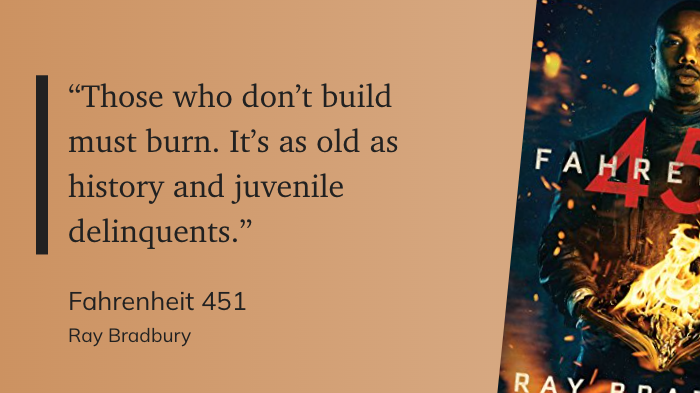In his riveting narrative, Robert Kurson captures the true story of two relic-seeking divers’ incredible discovery off the coast of New Jersey in 1991. John Chatterton and Richie Kohler are presented with an opportunity to unearth a mysterious secret hidden for over 60 years – a German U-boat from World War II. Through their perilous journey, they set out to identify the submarine and uncover the human bones on board.
- Kurson, Robert (Author)
- English (Publication Language)
- 432 Pages – 05/24/2005 (Publication Date) – Random House Trade Paperbacks (Publisher)
The Discovery of a German U-boat
In Kurson’s description of Chatterton and Kohler’s initial findings, readers will be drawn into this thrilling narrative as if they were there with them. They embarked on their mission as passionate recreational scuba divers who were searching for sunken relics from wars past. What they discovered was an unidentified submersible structure resting on the ocean floor which led to further investigations into what it could possibly be. After combing through debris littered around it, they made an unsettling discovery – human remains inside the vessel. This evocation of the era of U-boat threats during World War II is truly powerful and serves as a reminder that these war stories are far from just history books pages.
Research Efforts to Identify Submarine China & Human Bones
Chatterton and Kohler quickly understood that reliable information about their find would not come easy, so they assembled a team consisting of historians, scientists, and marine archeologists to assist in their research efforts. By examining items such as submarine china bearing Third Reich insignia, valuable clues were uncovered about its origin. As the investigation continued, speculation arose surrounding what could have caused human bones to be aboard this particular vessel at its time of sinking in 1945. Through this remarkable journey of adversity and unlikely success stories, Kurson masterfully captures all aspects of this enthralling real-life mystery.
Conclusion
From start to finish, Kurson writes with incredible detail that makes destruction palpable and allows readers to truly experience each chapter as if they were part of it themselves. He paints a vivid picture that pays homage to how Chatterton and Kohler were able to uncover such a mysterious secret which was thought lost forever in time – or worse yet – remained buried forever beneath the waves like many other ships whose stories will never be known or honored in such an impactful way. “Shadow Divers” is both humbling and inspiring, leaving behind a poignant reminder that history is not always as it appears on paper or in textbooks.




